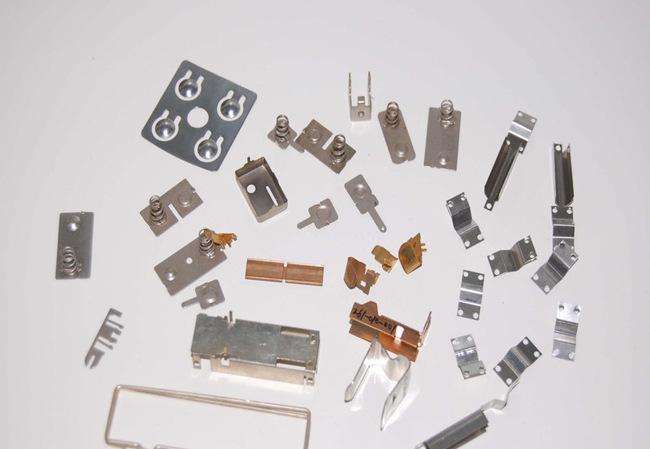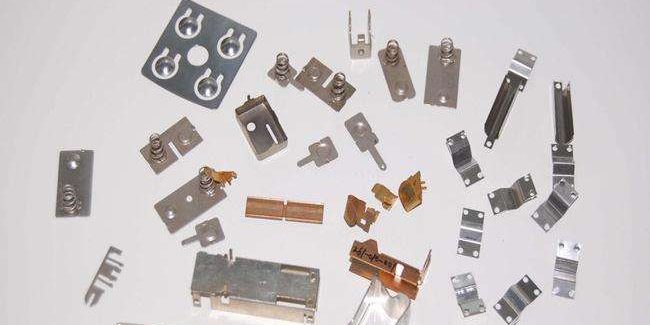Compared with castings and forgings, stamping parts are thin, uniform, light and strong. Stamping can produce work pieces with undulating or hemming that are difficult to make by other means to improve their rigidity. Due to the use of precision mold, so the workpiece accuracy can reach micron level, high repeatability, the same specifications. It can be flushed out of holes and bosses. The surface and internal characteristics of the stamping plate have a great impact on the quality of the stamping product! Whether the stamping technology can meet the standard when used, whether the quality can guarantee the material, whether the outsourcing parts are available, whether the equipment is original or newly purchased, whether the current production capacity of the manufacturer is enough, etc. This evaluation determines whether to select a manufacturer for the production and processing of the stamping parts. Today, there are many stamping and processing plants in China, so many people choose to shop around and choose a cheaper manufacturer for processing. However, blindly choosing low-cost manufacturers for processing is potentially dangerous. If the price of stamping is too low, then we have to consider whether we can guarantee the quality of the product after stamping, or the quantity of the product is too much.

Common problems and causes of metal stamping parts processing:
- Burr: In the stamping or dressing process, there is no residual material, and under the section of the steel plate will produce burr. The cross section serves as a reference. Burrs occur when the height of the burr is more than 0.2mm. Iron powder will damage the mold and create bumps.
- Concave and concave: the surface of the material is abnormally raised or depressed, which is caused by the incorporation of foreign bodies (iron filings, dust).
- Drum printing: Cleaning roller or paper feeding roller is caused by foreign body attachment (occurring at a fixed spacing). Usually, you can remove foreign objects printed on paper.
- Slide printing: occurs when the roller slides and suddenly stops or accelerates.
- The crushing of the coil may wrinkle at the edge: the guide roller of the uncoiling line may be caused by the creasing of the gap between the guide rollers on the mold due to the unwinding of the mold feed port.
- Scratches: The main cause of scratches on parts. Sharp scratches on the mold or metal dust falling into the mold. Preventative measures are to repair scratches on the mold and remove metal dust.
- Bottom cracking: The main reason for the cracking at the bottom of the part is the poor plasticization of the material or the compression ring in the mold is too tight. Precautions are to replace the plastic or loosen the anklet.
- Side wall with wrinkles: the main reason for the wrinkle of the side wall of the part is that the thickness of the material is not enough (less than the minimum allowable thickness), or when the upper and lower materials appear eccentric installation of the lower mold, resulting in a large gap on one side. The clearance is small and the precaution is to change the material and readjust the mold.






